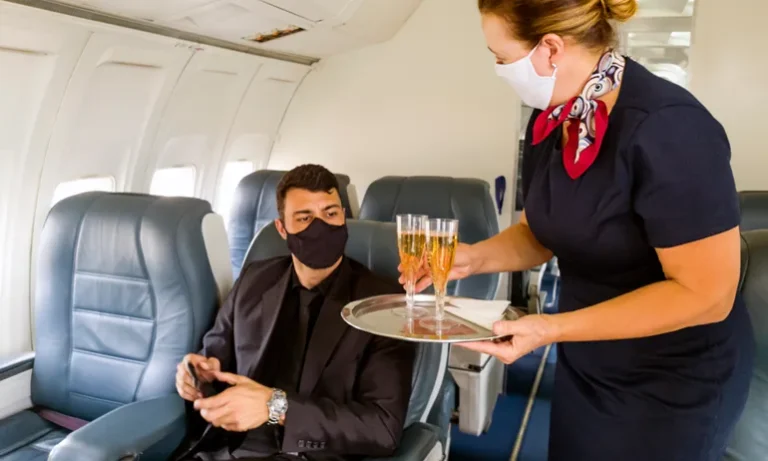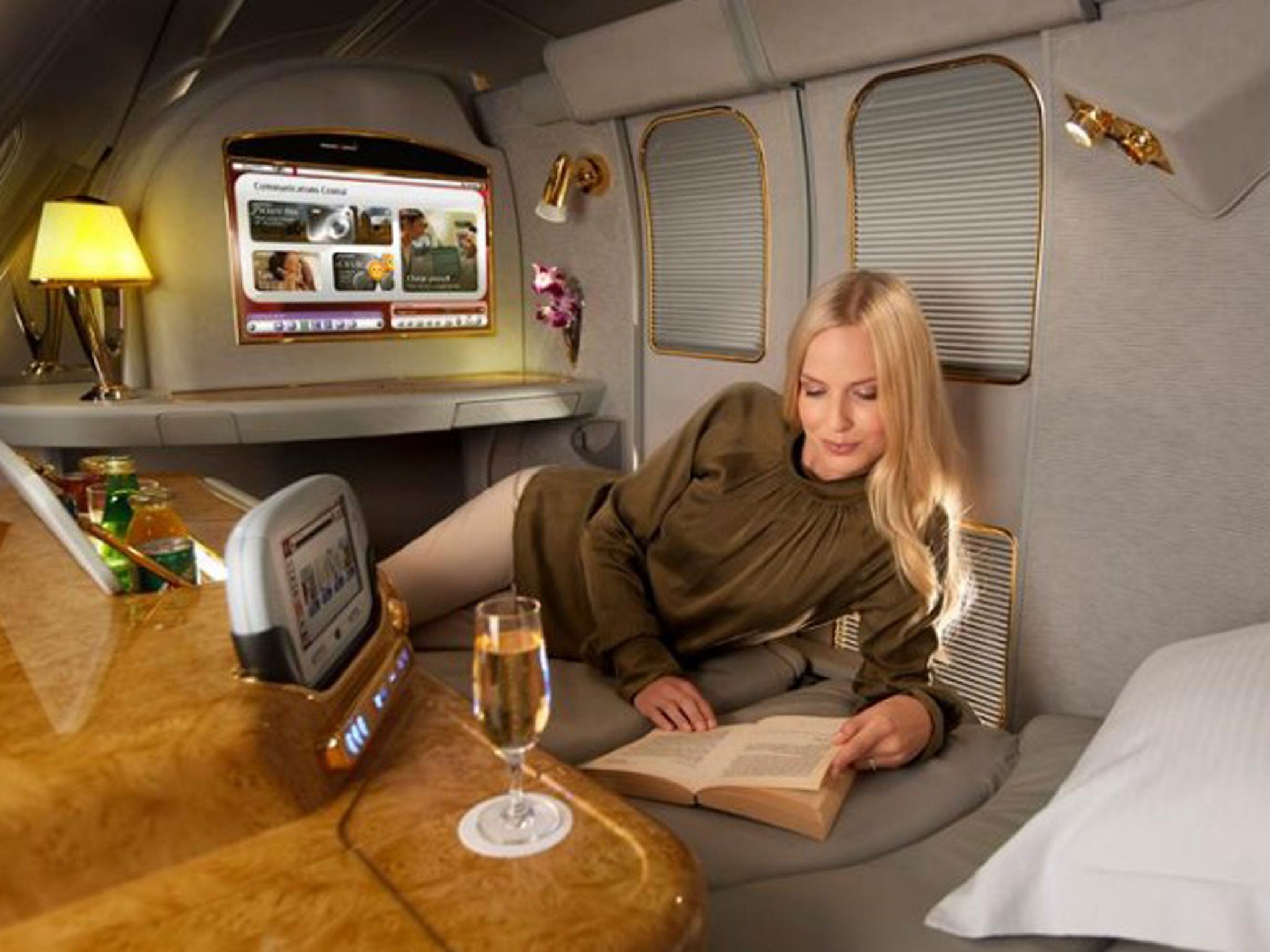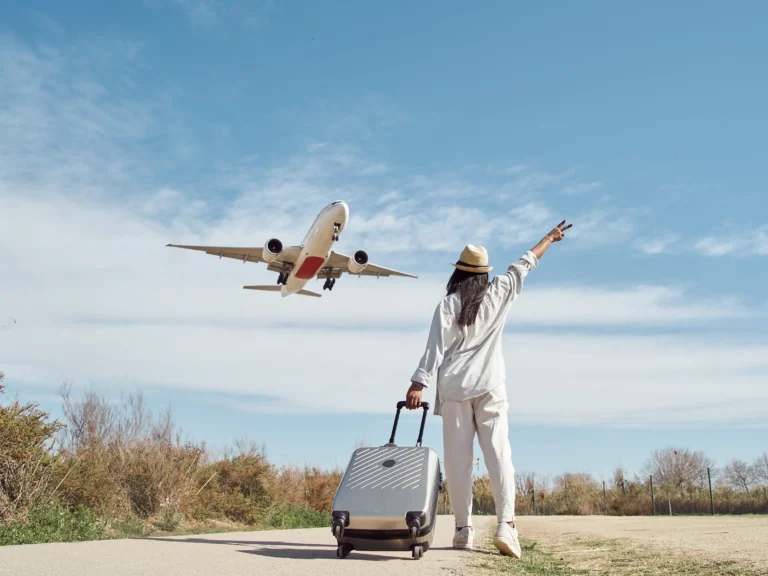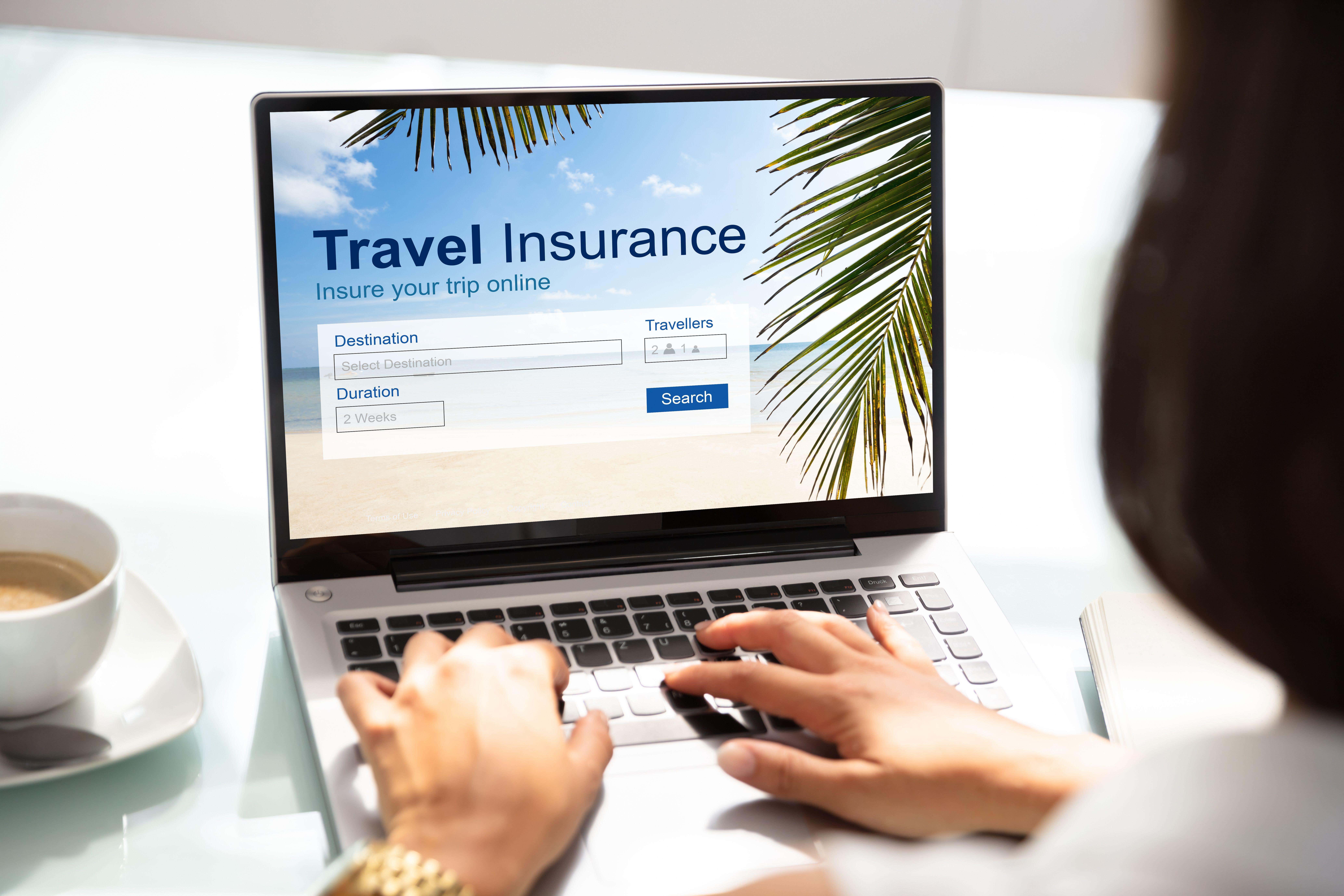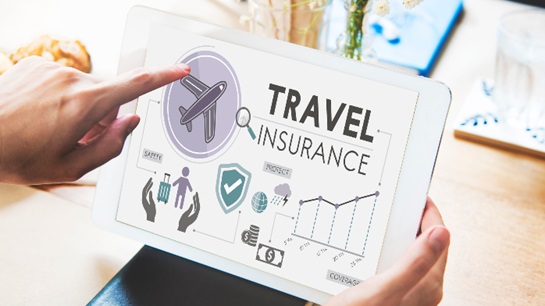In this guide, you’ll discover 21 practical, actionable ways to travel for free (or nearly free) in 2025 — all based on real-world tactics and credible sources.

You’ll learn how to reduce or eliminate costs for flights, accommodation, transport, even local experiences. Everything is explained in clear, everyday language — no jargon. And you’ll be able to act on it.
Let’s dive in.
Why You Can Travel the World for Free (or Almost Free)
You might be asking: “Is this realistic for me?” The answer: Yes — if you apply the right mindset + tools + timing.
Here’s why:
- Many travellers are already using reward points, credit-card perks, loyalty programmes and smart side gigs to cover major costs. For example, one blog says: “With some proper planning, research and great rewards systems, we have been able to travel to multiple places for free.” (mustlovetraveling.com)
- The travel-industry has evolved: more options, more hacks, more ways to reduce cost. You just need to know how to play the game.
- Free (or extremely low-cost) travel doesn’t mean no cost-at-all. It means shifting what you pay into other places (points, loyalty, work-exchange) so your cash outlay is very low.
- You’ll face pain-points: limited budget, high flight costs, accommodation costs, visa & transport. The strategies below address those pain-points directly.
Quick Overview: The 21 Ways
Here’s a high-level list you’ll explore in detail:
- Use reward credit cards & transferable points
- Join airline/hotel loyalty programmes
- Sign up for travel deal alerts
- Housesitting & pet-sitting exchanges
- Volunteer or work-exchange abroad
- Use travel-blogs/tools to hunt error-fares
- Fly standby or use open-jaw/multi-city itineraries
- Use “free accommodation” apps (swap, couch-surfing)
- House-swap with someone in another city/country
- Teach English or another skill overseas
- Long-haul bus/coach or train passes (instead of flights)
- Use budget airlines + maximise layovers
- Travel during off-peak seasons
- Use credit-card travel insurance & perks
- Start a travel-blog or YouTube channel to earn travel income
- Use currency & banking tools to save on fees
- Use visa-free countries + smart visa-planning
- Use loyalty-program “sweet-spots” / award redemptions
- Leverage family/friends networks abroad
- Negotiate or barter for accommodation/travel services
- Travel minimal-pack (reduce baggage fees & costs)
We’ll unpack each one in turn, giving you what to do, how to do it, and why it works.
1. Use reward credit cards & transferable points
You’ve probably heard of “travel hacking” or “points & miles”. The idea: use credit-cards, earn points for everyday spending, move those points (transfer) into flights/hotels.
Here’s how you make it work for you:
What to do:
- Choose a reputable credit‐card that offers transferable points (for example, vouchers you can move into airlines/hotels).
- Use that card for your regular spending (groceries, bills) — assuming you pay it off in full each month (no interest!).
- Transfer the points into airline/hotel loyalty programmes, then redeem for flights/hotels.
- Read the fine-print: minimum spend, annual fee, transfer partners, reward value.
How to do it:
- As one guide explains: “Credit card sign-up bonuses … earn miles and points mainly through generous credit card sign-up bonuses.” (Our Little Lifestyle)
- Focus on cards with good value and low risk. Don’t go into debt just to try to “get free travel”. The blogger warns: “You should never go into debt to try and get something for free.” (mustlovetraveling.com)
- Once you have points, know how to redeem them. One key tip: “Fixed points … are less valuable. Transferable points … can often be transferred to airline or hotel loyalty programmes to maximize their redemption value.” (Our Little Lifestyle)
- Track offers and keep multiple cards (if manageable) to maximise sign‐up bonuses.
Why it works:
- You’re effectively converting everyday spending (that you were already doing) into travel value.
- With enough points you can cover flights, accommodation, upgrades — dramatically lowering your travel cost.
- Because you transfer points to loyalty programmes, you typically get much more value per point than if you simply redeemed for cash back.
Important security note:
- Only use cards you trust, always pay the balance in full, maintain good credit habits.
- Understand annual fees — a higher fee card might still be worth it if the perks & points are strong.
- If you’re in Nigeria (or outside the US), you’ll need to ensure you have access to a credit card with good global benefits and transfers. Local bank offerings may vary.
2. Join airline/hotel loyalty programmes
Beyond credit cards, you need to be part of the loyalty networks. This is your “points foundation”.
What to do:
- Sign up (for free) for loyalty programmes of major airlines you’re likely to use, and hotel chains you like.
- Ensure you always give your loyalty number when booking flights or hotels.
- Monitor special promotions (double points, partner deals).
- Use award tools to know how many points you need, and watch for good value sweet spots.
How to do it:
- One blog says: “Practically every travel website and airline has some sort of rewards program. … Research airlines that fly to destinations you want to visit, then sign up for the programs that they have available.” (mustlovetraveling.com)
- Use tools and apps to track award availability, and alerts for when cheap points-redemptions appear. Example: the forum discussion on award tools shows many travellers use web tools to monitor availability. (Reddit)
- Make sure you also join hotel loyalty programmes if you stay in hotels — those points + status perks can save you a lot.
Why it works:
- Loyalty programmes give you access to flights/hotels at reduced (or zero cash) cost when you use points.
- Combined with credit-card transferable points, you build a system where your travel cost is dramatically reduced.
- Having status in a hotel/airline can bring perks: upgrades, lounge access, free breakfast — improving experience and reducing spend.
3. Sign up for travel deal alerts
Free or cheap flights/accommodation deals turn up if you know where to look. Being agile pays off.
What to do:
- Use websites/apps that send alerts for error-fares, flash sales, last-minute hotel deals.
- Set up alerts for your origin/destination region.
- Be ready to act quickly (these deals often vanish in hours).
- Combine with flexibility (dates and sometimes destination) to maximise chances.
How to do it:
- One blog says: “I usually start doing research in the winter if we want to travel in the summer… sign up for email alerts on these different websites: Airfare Watchdog, Skyscanner, Scott’s Cheap Flights…” (mustlovetraveling.com)
- There are dozens of sites and apps dedicated to tracking deals and error-fares.
- When you get an alert, check immediately. If it matches your plan or you’re flexible, jump.
Why it works:
- Flights and hotels often have sudden drops (over-capacity, cancellation, flash sale) — if you catch them, you can travel for far lower cost.
- Even if you can’t get it fully free, your savings are substantial — and this helps you stretch budget or redirect cash to other travel costs.
4. Housesitting & pet-sitting exchanges
Accommodation is one of the biggest travel costs. By housesitting or pet-sitting, you can stay in someone else’s home, often for free — in exchange for looking after pets or property.
What to do:
- Join trusted housesitting platforms that connect homeowners with travellers who will stay for free in exchange for caring for pets/homes.
- Create a strong profile (good references/photos) so you’re chosen.
- Pick locations you’d like anyway, and schedule stays well ahead.
- Respect the home and pets — you’re building reputation, which leads to more opportunities.
How to do it:
- For example, one writer uses this: “Trusted Housesitters is a great service … we apply for stays and if chosen, get to stay in the person’s home for free while we take care of their pets.” (mustlovetraveling.com)
- Search for housesits in destinations you’d like – even if it’s not “exotic” it still saves your accommodation budget.
- Combine with other hacks (cheap flights + free stay = low-cost travel).
Why it works:
- You eliminate or drastically reduce your accommodation cost, which is often the biggest part of a travel budget.
- Many homeowners prefer responsible, clean, caring sitters — if you deliver, you’ll get more and better assignments.
- You get to live like a local (in someone’s home) rather than just “tourist hotel”.
5. Volunteer or work-exchange abroad
Another way to reduce cash costs is to trade your skills/time for accommodation or food. Think of it as “work now, travel later”.
What to do:
- Look for reputable programmes where you volunteer or do light work in exchange for room & board (often free accommodation, sometimes meals).
- These might include hostels, eco-farms, community projects, language camps.
- Be clear about expectations: number of hours, role, what’s provided.
- Make sure the arrangement is safe, reputable, transparent.
How to do it:
- Search platforms like Workaway, WWOOF, Internations etc (depending on your skills and interests).
- Choose programmes aligned with your travel goals.
- Factor in that you may spend more staying put longer than moving quickly.
Why it works:
- You reduce your lodging/food cost significantly.
- You gain local experience and may make meaningful connections.
- For someone open to slower paced travel or staying longer in one place, it’s ideal.
6. Use travel blogs / tools to hunt error-fares
Most travellers see regular pricing. Smart travellers spot the discounts, mistakes or glitches. You can too.
What to do:
- Follow blogs/travel forums that track error-fares (pricing mistakes by airlines/hotels) and flash discounts.
- Use flight search tools, fare-comparison websites, flexible date tools.
- Set alerts for your origin/destination + possible wildcard destinations.
- Be ready to act quickly (book fast and be flexible with dates).
How to do it:
- One article describes: “Here are some tips on how to fly around the world for free (or almost free) … with resources.” (wisebread.com)
- Participate in forums like Reddit’s “awardtravel” where people share deal tools. (Reddit)
- Use free alerts, browser extensions, travel-deal mailing lists.
Why it works:
- Error-fares and flash sale deals can offer huge value — sometimes business class seats at economy cost.
- If you’re flexible with dates/destinations, you can jump on deals that others can’t.
7. Fly standby or use open-jaw / multi-city itineraries
Instead of booking a simple return flight, smart travellers exploit routing opportunities and alternate arrival/departure configurations.
What to do:
- Learn what “open-jaw” means (fly in to one city, fly out of another) or multi-city routing (stopovers).
- Use airlines or alliances that allow free or low cost stopovers.
- Consider standby flights (if you have flexible schedule) — though this may vary by region.
- Research airline rules, alliances, partners.
How to do it:
- Use airline alliance award charts (if you have points) to design multi-city trips.
- Check if you can arrive in A and depart from B, which sometimes costs same or only slightly more.
- Use points to maximise value. (See earlier section on loyalty programmes & transferable points.)
Why it works:
- You get more destinations for similar cost.
- You reduce redundant travel (backtracking to your departure city).
- You can stretch your travel budget further.
8. Use “free accommodation” apps (swap, couch-surfing)
Accommodation — again a big cost. But there are legitimate ways to stay nearly free.
What to do:
- Sign up for platforms like Couchsurfing, home-swap networks, house-swap services.
- Optionally host other travellers when you’re home (to maintain reciprocity).
- Be respectful of host home rules, contribute something (goods, stories, cooking, etc).
- Choose top-rated hosts, communicate clearly.
How to do it:
- Create a complete profile, references.
- Save for destinations you want and message hosts ahead of time.
- Always check safety, reviews, local area.
Why it works:
- Free (or extremely low cost) accommodation means you can allocate more budget to experiences, travel or extra destinations.
- You meet locals and get authentic experience rather than just staying in a hotel.
- For solo travellers especially, it lowers the barrier to long-term travel.
9. House-swap with someone in another city/country
Instead of just staying in someone’s home, you and someone else swap homes — you stay in theirs, they stay in yours.
What to do:
- Use house-swap networks.
- Ensure home safety, clear expectations (duration, responsibilities).
- Choose locations that you’d like anyway and coordinate timing.
How to do it:
- List your home for swap.
- Contact potential swappers, agree dates and terms.
- Plan travel/transport, ensure insurance is suitable.
Why it works:
- You get a free place to stay (and often with a full kitchen, local amenities etc).
- You avoid hotel costs, and can stay longer in one place.
- House-swapping may be less common in some markets — but it’s valuable when available.
10. Teach English or another skill overseas
If you want to stay longer in a destination or get paid (or accommodation in return) for your skill, teaching is a strong option.
What to do:
- Get certified (for example TEFL/TESOL for teaching English) if required in your destination.
- Research destination visa/work permit rules.
- Find a school or tutoring programme that provides accommodation or travel allowance.
- Choose a destination where your teaching skill is in demand.
How to do it:
- Search on job boards for English-teachers abroad, or volunteer teaching placements that include accommodation.
- Budget time for visa, certification, relocation.
- Negotiate contract terms (accommodation, transport, salary).
Why it works:
- You reduce cash outflow (accommodation, sometimes meals) and may earn some income.
- You get to live like a local for longer rather than just tourist mode.
- If you choose destination with lower cost of living, you can save money or even fund further travel.
11. Long-haul bus/coach or train passes (instead of flights)
Flights are often the most expensive part of travel. In some regions, using ground transport (bus, train, multi-day passes) can reduce costs dramatically.
What to do:
- In regions where train or coach passes exist (for example Europe, Asia), consider these instead of flying.
- Use night trains or sleeper coaches to save on accommodation+travel.
- Research passes like Eurail (Europe), Japan Rail Pass, etc.
- Combine rail/bus travel with slower-paced travel — you’ll see more and spend less.
How to do it:
- Compare cost of flying vs train/coach for your route.
- Use passes for unlimited days of travel or multi-city hops.
- Choose slower travel if your schedule allows — more relaxed, cost-effective.
Why it works:
- You save money on both transport and lodging (if overnight travel).
- You get to experience scenery, local culture, multiple stops.
- Slower travel often leads to better value — you stretch the “free travel” concept.
12. Use budget airlines + maximise layovers
Budget carriers have transformed travel costs — you just need to use them smartly and avoid hidden fees.
What to do:
- Use regional budget airlines for short/medium hops instead of full-priced legacy carriers.
- Avoid hauling excess baggage (reduce checked bags, keep carry-on only).
- Use layovers to your advantage — sometimes splitting journeys saves money.
- Book early and compare airports (smaller airports often cheaper).
How to do it:
- Use comparison websites and set alerts for budget-airline routes.
- When booking, calculate total cost (bags, transport to/from airport, transfers) not just ticket price.
- If you’re staying longer in one region, use budget hops to move between destinations instead of flying long-haul multiple times.
Why it works:
- You reduce cash spent on transportation — one of your biggest cost drivers.
- By saving here, you free budget for experiences, accommodation, or more destinations.
- Budget airlines also make multi-country travel more feasible for “free travel” budgets.
13. Travel during off-peak seasons
Timing your travel can dramatically affect cost. Off-peak = fewer tourists, cheaper flights/hotels.
What to do:
- Avoid peak holiday periods (summer in Europe, winter holidays in many places).
- Choose shoulder seasons (just before/after peak) or truly low-season destinations.
- Be open to weather trade-offs (less optimum weather sometimes equals much lower cost).
- Watch for school-holiday changes, local festival impacts.
How to do it:
- Use flight/hotel comparison tools and search different months to see cost differences.
- Consider destinations that are under-visited during your travel window.
- Use flexibility: if you travel off-peak and with fewer crowds, you’ll find discounts and local advantages.
Why it works:
- Lower cost = easier to travel for free/low cost.
- Less competition means better deals for flights, accommodation, tours.
- Often you’ll get a more relaxed travel experience (fewer crowds) which means you may enjoy more for less.
14. Use credit-card travel insurance & perks
When you travel, unexpected costs (medical, delays, baggage loss) can blow your budget. Using cards with travel perks protects you.
What to do:
- Choose credit-cards that offer travel insurance, lounge access, free checked bag, travel credits.
- When booking travel, use those cards so you activate the perk.
- Keep copies of the insurance terms, check what is included (medical, trip cancellation, baggage, etc).
- Use the lounge access / priority boarding / free bags perks whenever possible — they reduce hidden costs and improve experience.
How to do it:
- Review your card’s travel–benefit disclosures.
- When booking flights/hotels use the card that gives you the most travel benefit.
- If you’re travelling from Nigeria or another country, check the card’s international coverage and any fees for overseas transactions.
Why it works:
- You’re reducing risk and potential cost of surprises.
- Perks like free bags/lounges = direct cash savings + improved comfort.
- This supports the “travel for free or very low cost” mindset by lowering ancillary expenses.
15. Start a travel-blog or YouTube channel to earn travel income
If you can generate income while you travel (or offset cost by content creation), you ease your budget constraints.
What to do:
- Decide on a platform (blog, YouTube, Instagram) that matches your strengths.
- Create high-quality, consistent content about your travel — aim to build audience and monetise (ads, affiliates, sponsorships).
- Use your travels to feed your content; your content helps fund your travel.
- Make sure you’re realistic: building income takes time, effort, consistency.
How to do it:
- Pick your niche (budget travel, luxury travel, specific region, digital nomad life).
- Use good equipment (camera or smartphone) + good editing + SEO/marketing.
- Monetise with affiliate links (travel gear, services), ads, sponsored posts, membership/patreon.
- Dedicate some of your travel budget/time to building the business side.
Why it works:
- If your content covers costs (or part of them), you travel with less cash outlay.
- You can align your travel with content opportunities (destinations, local experiences) which help with sponsorships.
- Over time you build an asset (your blog/channel) that continues to generate income.
16. Use currency & banking tools to save on fees
When you travel globally, hidden fees (exchange rates, ATM fees, bank transfer fees) eat your budget. Smart use of banking/currency tools helps.
What to do:
- Use banking/currency platforms that offer low-fee international transfers, multi-currency balances, favourable exchange rates.
- Avoid paying inflated “tourist rates” or high processing fees.
- Use local payment methods (cards with no foreign transaction fees, local bank if appropriate).
- Monitor your banking statements for hidden charges.
How to do it:
- One writer explains how they use tools like Wise (formerly TransferWise) for managing multiple currencies with low fees. (The Altruistic Traveller)
- Research local banks/cards in your travel destination that are friendly for international travellers.
- Ensure your home bank card works internationally and doesn’t charge big foreign-transaction fees.
Why it works:
- Reducing fees means more money goes into your travel experience rather than being lost to banking.
- If you’re moving between countries, this becomes more important.
- Efficient banking supports your overall strategy of travelling for free/low cost.
17. Use visa-free countries + smart visa-planning
Visa costs and restrictions add to travel cost/time. By choosing destinations wisely, you can reduce these barriers.
What to do:
- Research visa requirements for your passport for each destination (cost, how easy/hard).
- Choose destinations that are visa-free or easy-visa for you.
- When you’re planning multi-country travel, optimise route based on easiest visa transitions.
- Sometimes travel slowly in cheaper countries rather than quickly hopping expensive ones — you save and stretch.
How to do it:
- Use official government/embassy websites or credible travel blogs for visa info.
- When you travel from Nigeria (or whatever your passport), check which countries allow visa-free entry or visa on arrival.
- Combine with off-peak travel, long-stay deals where available.
Why it works:
- Fewer visa hurdles = less cost + less time wasted.
- You can choose destinations around your passport’s strengths.
- Visa-friendly destinations often also have lower cost of living, which fits the “travel for free/low cost” model.
18. Use loyalty-program “sweet-spots” / award redemptions
Not all points/redemptions are equal. Knowing where you get highest value matters. This is advanced—but worth doing.
What to do:
- Identify “sweet-spots” in award charts (for example, a certain airline route that costs unusually few points).
- Use tools to compare cash price vs points required — aim for high value per point.
- Transfer points when you’re ready to book (since availability can vanish).
- Monitor airline/hotel loyalty program updates/changes.
How to do it:
- One blogger explains: “By choosing the right cards … transferring only when you are ready to book … You just need to make sure your specific card has … transferable points.” (Our Little Lifestyle)
- Use award-travel tools (as discussed earlier) to track availability. (Reddit)
- Be flexible with your destination/dates so you can book a good “sweet-spot” when it appears.
Why it works:
- Getting more value per point means you need fewer points/cash to travel.
- You maximise your benefits from your travel hacking/loyalty strategy.
- When you redeem smartly, you essentially travel cheap or free.
19. Leverage family/friends networks abroad
If you have friends or family in other countries (or you’re willing to make connections), you can reduce local-costs dramatically.
What to do:
- See if you can stay with friends/family for part of your trip (free lodging, local transport help).
- Ask for introductions to locals who may help with insider deals or cheaper accommodation/transport.
- Use your network to swap homes, split accommodation costs, or get local guidance.
- Don’t rely solely on this strategy — but when it’s available it adds value.
How to do it:
- Reach out early to let friends/family know you travel and might visit overseas.
- Be a good guest — bring a token, help with some chores, show gratitude.
- When you stay with someone, respect their home and local customs.
Why it works:
- You eliminate (or reduce) accommodation costs and get local insights.
- You may gain friends abroad — which expands your travel network & future opportunities.
- This method helps anchor “free travel” to real human relationships and local trust.
20. Negotiate or barter for accommodation/travel services
In places where the cost structure is flexible (hostels, guesthouses, local tours), you can ask for trade or discount.
What to do:
- Propose working a few hours in a hostel in exchange for free stay.
- Offer your service or skill (graphic design, social-media help) to local accommodations in return for room/board.
- Ask for deals when you stay longer — many places prefer a longer stay at slightly lower rate than lots of short stays.
- Be polite and transparent — you’re proposing value in exchange.
How to do it:
- Book a flexible place, talk to the owner and suggest the arrangement.
- Follow through on your promise (work hours, tasks) so reputation stays good.
- Combine with longer stay so they see value in giving you a discount or exchange.
Why it works:
- You reduce cash cost by trading your labour/time for accommodation.
- It may give you more authentic local experience (you become part of host environment).
- It aligns well with slow travel or longer stays — the more time you spend, the more possibility for exchange.
21. Travel minimal-pack (reduce baggage fees & costs)
What you bring (and how you travel) affects cost. Minimal luggage = fewer fees, easier mobility, more flexibility.
What to do:
- Pack light—carry-on only if possible; avoid checked-bag fees.
- Use multi-purpose clothing, travel-friendly gear, and a “capsule” wardrobe.
- Choose destinations where you can wash clothes easily so you take fewer items.
- Travel with agility (you’ll be able to hop buses/trains easily, avoid extra costs).
How to do it:
- Use packing checklists, travel-specific gear.
- Watch for budget-airline baggage rules (some have very strict fees).
- If you’re moving often (multi-city travel) lighter gear = lower cost & easier logistics.
Why it works:
- Reduced baggage fees = direct savings.
- Lighter luggage improves mobility: you’re more likely to use budget transport, stay in hostels/housesits etc.
- Less hassle = better travel experience, fewer accidental costs (lost bags, delay, storage fee).
Table: Compare Key Strategies – Labour / Cost / Value
Here’s a quick reference table summarising some of these strategies:
| Strategy |
Labour / Skill Required |
Up-front Cost |
Value Potential |
| Reward credit-cards & points |
Medium (research + discipline) |
Low (card fees) |
High — flights/hotels covered |
| Housesitting / pet-sitting |
Medium (application + references) |
Very low |
Very high — free accommodation |
| Volunteer/work-exchange |
Medium to High (time + commitment) |
Low |
Medium-High — free stay + cultural value |
| Deal alerts / error-fares |
Low-Medium (alert setting) |
Very low |
Medium-High — big flight/hotel savings |
| Minimal-pack travel |
Low (planning) |
Very low |
Medium — savings on bags + easier travel |
| Travel-blog/YouTube income |
High (effort) |
Low-Medium |
Varies — potential to offset major cost |
Frequently Asked Questions (FAQ)
Q: Can you really travel the world for free in 2025?
A: You can travel for almost no cash cost by applying many of these strategies. “Free” doesn’t always mean zero cost — often you trade time, effort, planning, skills. But yes — many people do large parts of their travel essentially free. (mustlovetraveling.com)
Q: Do I need to be rich, or have lots of money, to do this?
A: No. In fact, many of these methods are designed for people with limited cash but willing to plan, be flexible, and smart. The big cost drivers (flights, accommodation) are addressed. What you do need is time, flexibility, and discipline.
Q: Are these strategies risky or “too good to be true”?
A: Some may require careful attention (e.g., credit-cards, loyalty programmes) and you should always read the terms. There’s no “magic” that covers absolutely everything for nothing. But with smart planning the risks are manageable.
Q: Can I start these methods from Nigeria / Africa?
A: Yes — many methods still apply globally: housesitting, deal alerts, travel minimal-pack, volunteer exchange. For credit-cards/loyalty programmes you’ll need to check availability in Nigeria (or wherever you hold banking accounts).
Q: How long does it take to build up enough points or free stays?
A: It depends on your earning/spending habits, how aggressive you are with deals, how flexible you are with destinations. Some people achieve major free travel within a year of focused effort. Others take longer.
Q: Are there hidden catches or downsides?
A: A few: you may spend more time planning; you may give up some convenience (slow travel, non-mainstream destinations); you must monitor points/loyalty expiry; you must follow rules. But many people consider the trade-off worth it.
Conclusion: Your Action Plan
Here’s your 3-step action plan to start travelling for free (or low cost) in 2025:
- Pick 2–3 strategies from above that suit you personally (e.g., loyalty + deal alerts + housesitting).
- Set up your systems: sign up for loyalty programmes, alert tools, prepare your credit-card/points plan, join housesitting networks.
- Plan your first “free travel” trip: choose a destination, apply these methods, budget the zero/low cost, then travel and learn.
Remember: the goal isn’t just to save money, but to make travel sustainable and enjoyable. A cheaper trip that’s uncomfortable or exhausting is not a win. Use the savings to enhance your experience.
You have the tools now. Choose your destination, start your plan, and see how far you can go. Travel the world — smartly, affordably, and with freedom.
Happy (almost-free) travelling! 🌍
If you like, I can identify the highest-CPC keywords for you (e.g., “travel hacking tips 2025”, “free world travel 2025”, “how to travel free with points”) and we can map each strategy to those keywords — would you like that?

